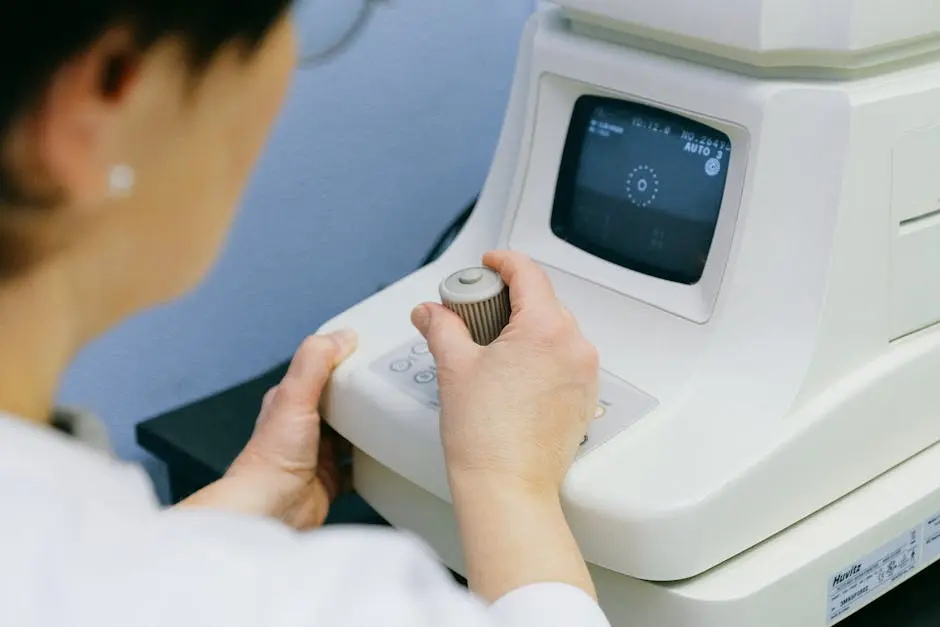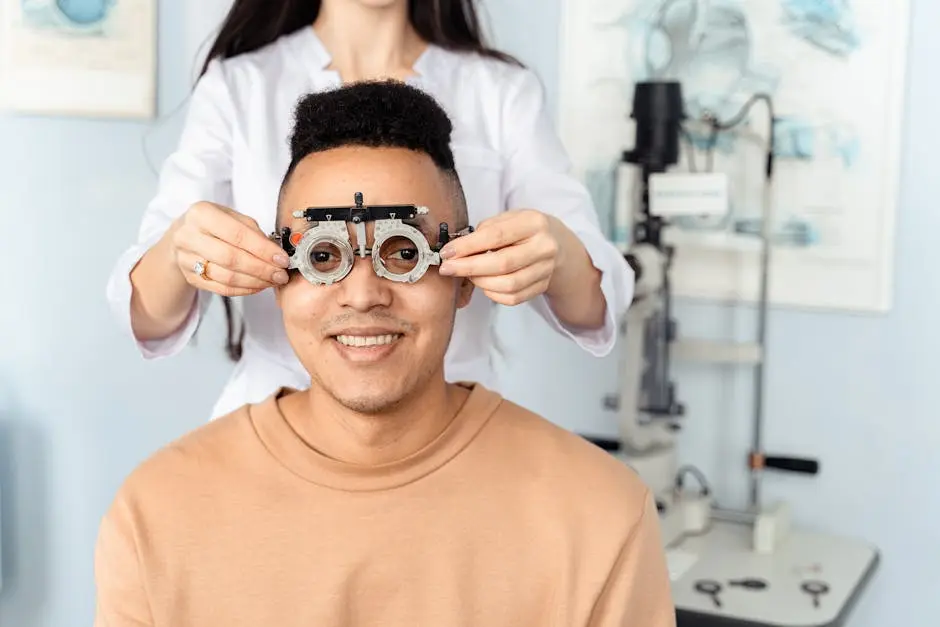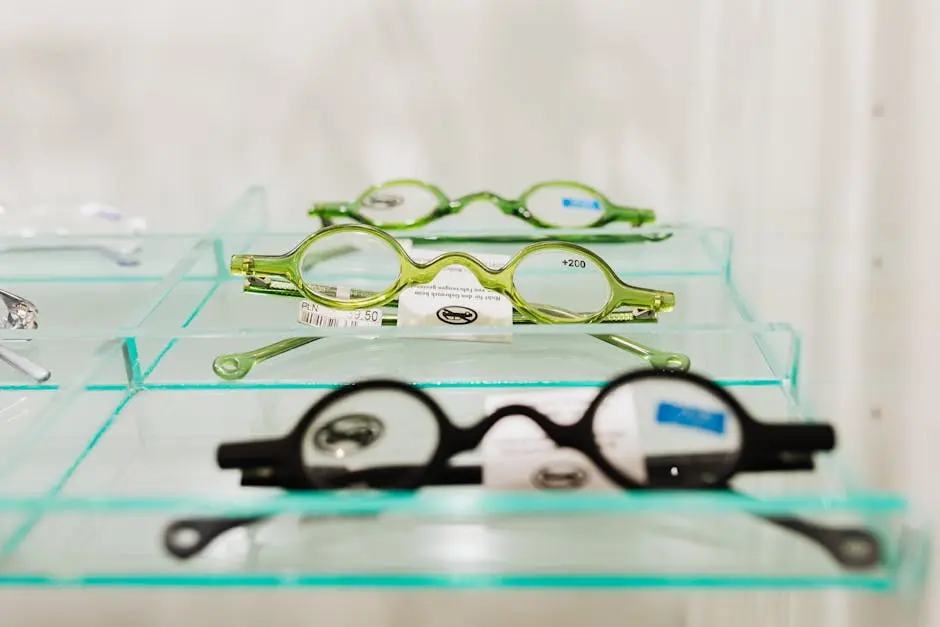Understanding Advanced Vision: A Guide to Healthier Eyes
In today’s fast-paced digital world, maintaining healthy vision is more crucial than ever. With advancing technology, our understanding of eye health has improved significantly. This guide will walk you through the essentials of advanced vision care, helping you unlock a clearer, brighter view of the world.
The Basics of Eye Anatomy and Function
The human eye is a marvel of biological engineering. It functions much like a camera, capturing light and transforming it into signals that our brain can understand. The key components include the cornea, pupil, lens, and retina. The cornea and lens work together to focus light onto the retina, which then transmits the visual information to the brain via the optic nerve. Understanding this process helps us grasp why certain eye conditions occur and how we can address them.
One fascinating aspect is how the eye adjusts to different levels of light. The iris, the colored part of the eye, controls the size of the pupil and thus the amount of light that enters the eye. This adjustment allows us to see clearly in both bright and dim conditions. Appreciating these functions can motivate us to engage in practices that protect these vital components.
Common Eye Conditions and Their Solutions
Nearsightedness, or myopia, occurs when the eyeball is too long or the cornea has too much curvature, causing light to focus in front of the retina rather than on it. This results in difficulty seeing distant objects. Simple strategies like wearing corrective lenses or undergoing refractive surgery can significantly reduce the impact of this condition.
Another condition to be aware of is cataracts, which is the clouding of the eye’s natural lens. It’s often age-related and manifests as blurred vision. Fortunately, cataract surgery is a routine procedure that restores vision effectively by replacing the cloudy lens with a clear artificial one.
Glaucoma, often termed the ‘sneak thief of sight’, is another critical condition as it shows no early symptoms but can lead to blindness if untreated. Regular eye exams are crucial for early detection and management. Treatments include medications, laser procedures, and surgery to reduce intraocular pressure and prevent damage to the optic nerve.
Advanced Vision Care: Tips for Everyday Eye Health
Good nutrition is fundamental to maintaining eye health. Nutrients like Omega-3 fatty acids, lutein, zinc, and vitamins C and E might help ward off cataracts and age-related macular degeneration. Incorporate foods such as leafy greens, fish, nuts, and citrus fruits into your diet to support your vision.
It’s also important to practice the 20-20-20 rule to reduce digital eye strain—every 20 minutes, look at something 20 feet away for 20 seconds. Additionally, ensure proper screen brightness and wear blue light-blocking glasses to mitigate potential harm from long exposures to screens.
Wearing sunglasses is not just a fashion statement but a health necessity. Choose a pair that blocks 99% to 100% of UVA and UVB rays to protect your eyes from harmful solar radiation. Overexposure to UV rays can contribute to cataracts and macular degeneration, so prioritize your eye safety when outdoors.
The Role of Technology in Advanced Vision
Technology is at the forefront of modern vision care, providing exciting advances in treatment and prevention. Innovations like digital eye strain technologies, including software that minimizes blue light exposure, are now widely accessible. These technologies help reduce discomfort and potential damage caused by prolonged screen time.
Laser treatments for vision correction, such as LASIK, have revolutionized how we address refractive errors. These procedures reshape the cornea, offering clear vision without the need for glasses or contacts. As technology evolves, these corrective procedures become quicker and more precise, enhancing their effectiveness and reliability.
Other advancements include telehealth services, which offer remote eye consultations. This approach expands accessibility to professional eye care, ensuring more people receive timely advice and treatment without geographical limitations. Embracing these technological solutions can significantly enhance eye health management in our digital age.
When to Seek Professional Eye Care
Regular eye exams are essential for maintaining healthy eyes, even if you perceive no issues. An eye care professional can detect underlying problems before they manifest noticeable symptoms. Conditions such as glaucoma can be asymptomatic in their early stages, making regular check-ups critical to prevention and treatment.
Some signs should prompt immediate attention, including sudden vision changes, flashes of light, eye pain, and persistent redness. These could indicate serious conditions requiring professional intervention. Prompt response to these symptoms can preserve your visual health and prevent complications.
At Mid Atlantic Eye Care, we offer comprehensive eye exams to help you maintain optimal eye health. Our experienced professionals are equipped to provide personalized advice and treatment. When it comes to your vision, taking timely action is the best step toward a brighter, clearer future.
Embrace a Clearer Vision for Life
Incorporating advanced vision practices into your daily routine can significantly improve your eye health and overall quality of life. By understanding the fundamentals, embracing lifestyle changes, and leveraging modern technological solutions, you can take proactive steps towards healthier eyes. Remember, your vision is a precious gift—take good care of it.






